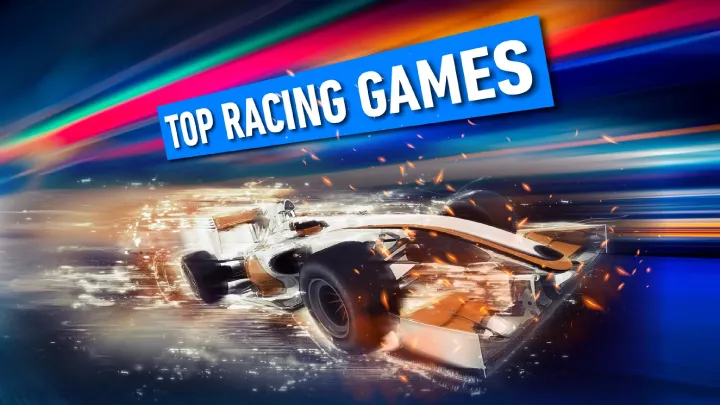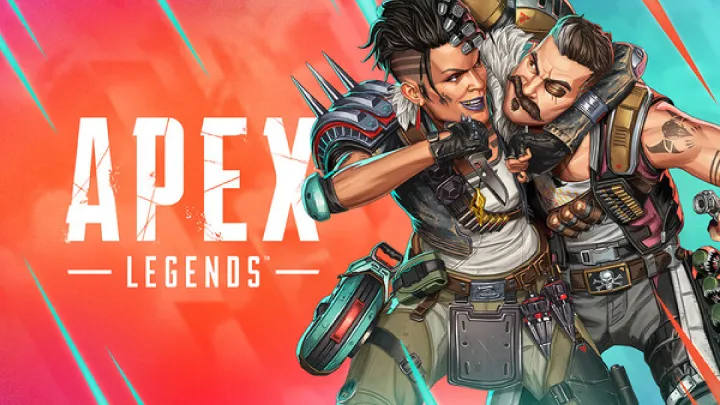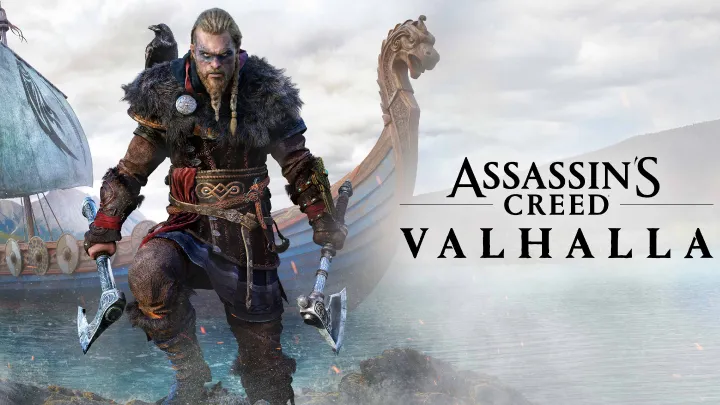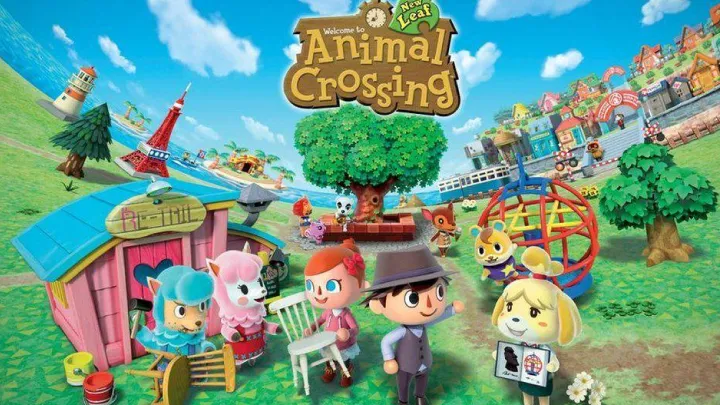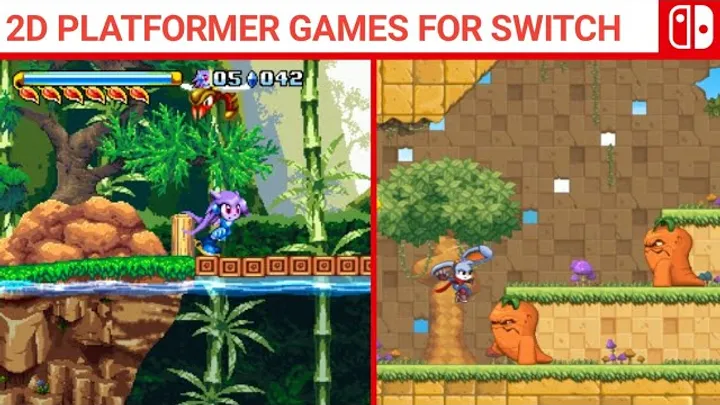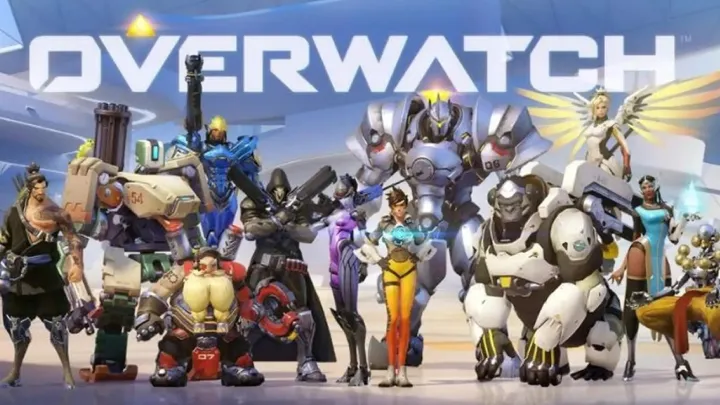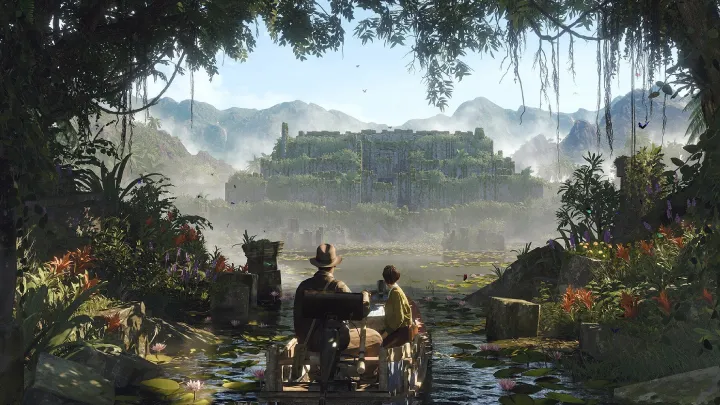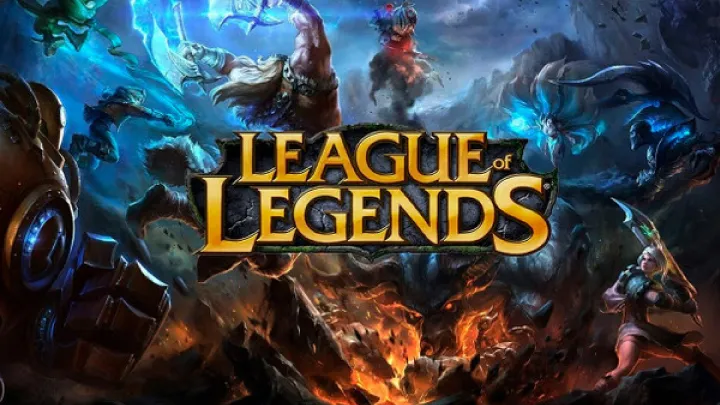Introduction
The world of gaming owes much of its evolution to the 2D platformer — a genre that laid the foundation for precision controls, creative level design, and storytelling through gameplay. From the early 8-bit days to modern artistic masterpieces, platformers have captivated millions by testing reflexes and rewarding skill. Whether it’s jumping across floating platforms, defeating enemies, or collecting coins, 2D platformers have defined what it means to “feel” good while playing.
These games shaped how designers approach physics, pacing, and reward systems. They introduced concepts like checkpoints, lives, and power-ups — mechanics still used in games today. Beyond nostalgia, their influence can be seen in every modern indie hit that values mechanics over graphics.
Let’s explore ten 2D platformers that didn’t just entertain — they defined gaming history.
1. Super Mario Bros. – The Origin of Platforming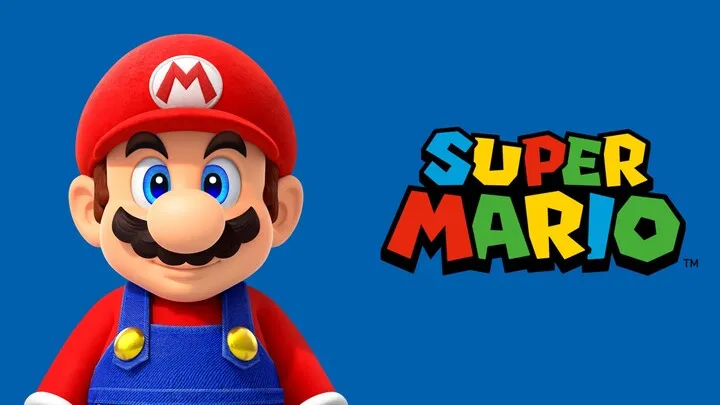
The Beginning of a Revolution
Released in 1985 by Nintendo, Super Mario Bros. is arguably the game that popularized 2D platformers worldwide. Shigeru Miyamoto’s creation was more than a side-scroller — it was a design masterpiece that combined smooth controls, tight physics, and smart level design. Mario’s jump felt perfect; his acceleration and deceleration were calculated to reward both precision and timing.
Cultural and Mechanical Impact
The game introduced iconic mechanics like flagpoles, hidden blocks, and warp zones. Each level subtly taught the player new skills without explicit instructions — an example of “learning by doing.” Super Mario Bros. became a cultural phenomenon and remains a gold standard for intuitive game design.
2. Sonic the Hedgehog – Speed and Style
A Blue Blur Changes the Game
In 1991, SEGA introduced Sonic the Hedgehog as a direct rival to Mario — but instead of precision jumps, Sonic focused on speed. The levels were designed like roller coasters, with loops, ramps, and high-speed sections that encouraged flow and momentum.
Platforming at High Velocity
The genius of Sonic lies in its dual design philosophy: you can rush through levels or explore every nook for secrets and rings. Its visual flair, combined with its unforgettable soundtrack, made Sonic not just a character — but a symbol of the '90s gaming culture.
3. Mega Man – Precision and Challenge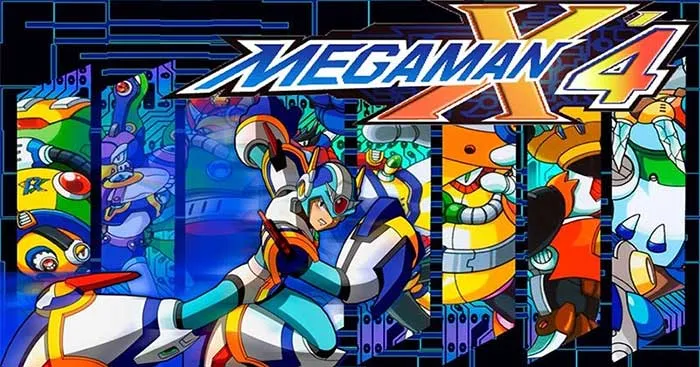
The Rise of the Robot Hero
Capcom’s Mega Man (1987) offered something new: non-linear progression. Players could choose the order of robot masters to fight, each granting unique weapons upon defeat. This introduced strategic gameplay to the platforming genre.
Perfecting the Difficulty Curve
While notoriously challenging, Mega Man was fair. Its controls were razor-sharp, and its enemy patterns were learnable. Each stage was a test of precision, and its rewarding difficulty paved the way for the “tough but fair” design seen in modern games like Celeste and Hollow Knight.
4. Castlevania – Gothic Adventure and Platforming Precision
Blending Combat and Exploration
Launched in 1986, Castlevania combined platforming with whip-based combat, gothic aesthetics, and horror elements. Players controlled Simon Belmont through a castle filled with monsters and traps. Its atmospheric design was revolutionary at the time.
Legacy of Difficulty
The series introduced tight timing, enemy patterns, and environmental hazards that demanded mastery. Later titles like Castlevania: Symphony of the Night evolved the genre into “Metroidvania,” emphasizing exploration and character progression.
5. Metroid – Exploration and Freedom
Breaking the Linear Mold
Nintendo’s Metroid (1986) broke conventions by introducing non-linear gameplay in a 2D world. Players explored interconnected maps, finding new abilities to access previously unreachable areas — a formula now known as Metroidvania.
A Sense of Isolation
What set Metroid apart was atmosphere. The eerie silence and vast alien landscapes created a feeling of loneliness rarely seen in games of its time. This mood influenced generations of developers, inspiring countless indie titles to blend platforming with exploration.
6. Rayman – Artistic Excellence and Whimsical Design
A Platformer with Personality
Ubisoft’s Rayman (1995) was a breath of fresh air during the 16-bit era. Its vibrant colors, imaginative enemies, and humor gave it a unique identity. The hand-drawn art style and fluid animations made it feel alive.
Design That Stands the Test of Time
Beyond visuals, Rayman balanced difficulty and creativity beautifully. Levels introduced new mechanics gradually, rewarding exploration and mastery. Even decades later, its design principles still influence modern platformers.
7. Celeste – A Modern Masterpiece of Movement and Emotion
Climbing as a Metaphor
Released in 2018, Celeste transformed platforming into an emotional journey. Players guide Madeline up the titular mountain, overcoming both physical and mental obstacles. The game blends tight controls with a moving narrative about anxiety and perseverance.
Design Philosophy
Every death teaches a lesson. Checkpoints are generous, ensuring frustration never overshadows progress. Its simple mechanics — jumping and dashing — evolve into complex challenges, making Celeste one of the greatest modern platformers ever made.
8. Hollow Knight – The Metroidvania Revival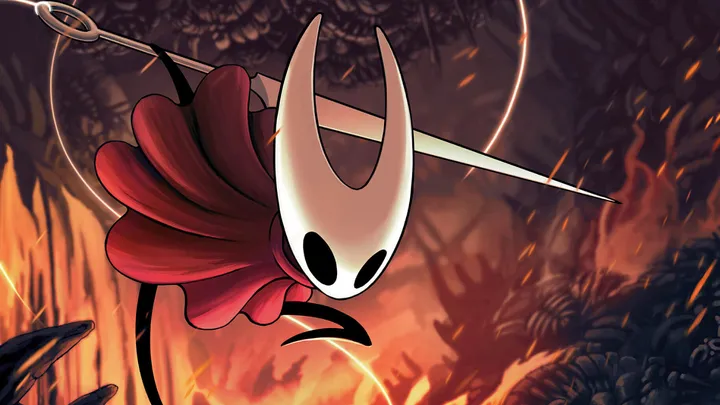
Depth and Atmosphere
Team Cherry’s Hollow Knight (2017) revitalized the Metroidvania genre with stunning visuals and intricate world-building. Its vast underground world, Hallownest, is filled with secrets, tough bosses, and melancholic beauty.
Why It Defined a Generation
The game combined exploration, lore, and challenging combat into a cohesive whole. Hollow Knight redefined what indie platformers could achieve, merging difficulty with artistry — a balance that inspired an entire generation of developers.
9. Ori and the Blind Forest – Emotion in Motion
Beauty Meets Gameplay
Developed by Moon Studios in 2015, Ori and the Blind Forest merged emotional storytelling with elegant platforming. Its hand-painted visuals, orchestrated soundtrack, and fluid movement mechanics made it feel like a work of art.
Emotional Impact
More than a game, Ori is an experience. Its story of loss, sacrifice, and hope unfolds through gameplay, not cutscenes. The sequel, Ori and the Will of the Wisps, refined this formula further, showing how 2D platformers can still touch hearts in the modern era.
10. Cuphead – Hand-Drawn Perfection and Punishing Challenge
An Artistic Triumph
Cuphead (2017) turned heads with its 1930s cartoon art style and jazz soundtrack. Every frame was hand-drawn, and every boss felt like a cinematic showdown. Its style was nostalgic yet entirely new.
Challenge Rewarded by Mastery
While Cuphead is brutally difficult, it’s always fair. Players learn through failure, mastering boss patterns until victory feels earned. The blend of aesthetic charm and intense challenge proved that 2D platformers can be both vintage and visionary.
Conclusion – The Timeless Magic of 2D Platformers
From Super Mario Bros. to Celeste, these games share more than jumping mechanics — they share a design philosophy that values precision, creativity, and emotional engagement. 2D platformers are timeless because they strip gaming down to its core: control, challenge, and reward.
Even in an age dominated by 3D worlds and live-service games, 2D platformers continue to thrive, especially in the indie scene. They remind us that great gameplay doesn’t need realism — it needs heart, rhythm, and a perfectly timed jump.








